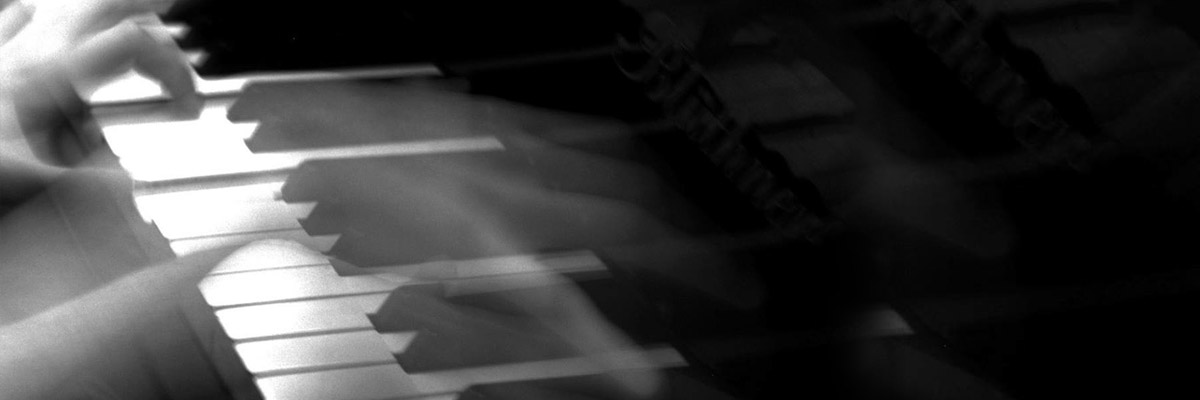Case Study: Ravel Sonatine M. 40
Maurice Ravel was born in 1875 and died in 1937 of mixed Basque and Swiss heredity. According to all accounts, he was a very reserved man, concealing aspects of himself even from his friends. He studied music at the Paris Conservatoire in the early 20th century and achieved international celebrity status during the last decade of his life.
Ravel’s first decade of composition was characterised pianistically by Jeux d’eau, Sonatine and Gaspard. He first began writing Sonatine in 1903, and it was eventually published in 1905. It falls under his early style of writing. Sonatine was dedicated to Mimi Godebska, the daughter of Ravel’s friends, when she was 6.
Ravel never wrote a sonata, and so his Sonatine is the closest thing we have from him. Each of its three movements are in clear sonata form, and I believe the name Sonatine was given purely because of the small scale of the work. Despite the new harmony and chords used, there is still a classical structure. It has a cyclic character; the opening theme recurs in the Menuet and some Finale passages. It is said that the first movement was actually written as a kind of neo-classical exercise, in response to a competition sponsored by the periodical: 'The Weekly Review'. The second movement is marked ‘menuet’, but instead of being a pastiche, it comes across as Ravel’s attempt to recreate the minuet in his own style.
Although Ravel did not like his early works, he played Sonatine on tour in America instead of Concerto in G (which he found too difficult). It is well known that his playing was not very accomplished – he said himself: “I am not a pianist and I don’t want to be exhibited as if I were in a circus!"
Ravel’s own 1913 Welte piano roll recording of the first two movements is very insightful. He often omitted the final movement in his own concert performances, because he felt unable to perform it well. The opening is clumsy and slows down considerably after a few bars. We can hear in the recording Ravel’s indifference to ‘form’, claiming ‘continuity of interest’ as a higher concern in performance. He is unexpectedly flexible and restless despite Vlado Perlemuter’s claim that the composer required ‘great exactitude of rhythm’.
Vlado Perlemuter, was a pianist who studied the whole of Ravel's solo piano music with the composer himself in 1927 (Vlado was 23). In 1988 he wrote a book called Ravel According to Ravel with Helene Jourdan-Morhange, a violinist who was one of Ravel’s closest friends. In this transcript of their discussions of Ravel’s works, Perlemuter shares the notes that Ravel gave him on his works. Ravel insisted on strict tempo in movement one, with no rubato (although his 1913 recording contradicts this) and for the opening not to be played too fast.
Ravel wanted the second movement, the Menuet, to be slow but moving, and with exactitude of rhythm. Sensitively, but not over-refined and again not too much rubato. He used to say “Generally, it is played too spikily”. The end, which is reminiscent of a pavane was, in Ravel’s words: “very broad…like a deep curtsey…”
The Finale also he wanted not to be rushed, and for the agite section at the beginning to be brought out by the hairpin and not tempo changes. He wanted the accents to come out through pressure and not articulation, with the horn fanfare in the middle to bring out the “rather brassy” left hand through the pp. Before making the final flourish, the pedal should be held through the breaths, to let the final chord sparkle.




